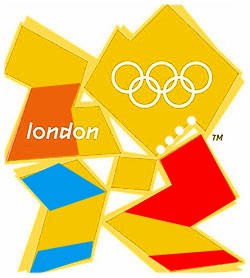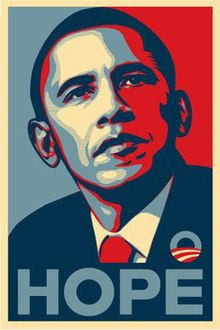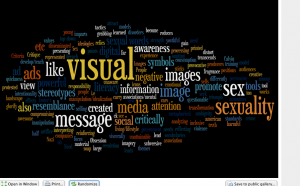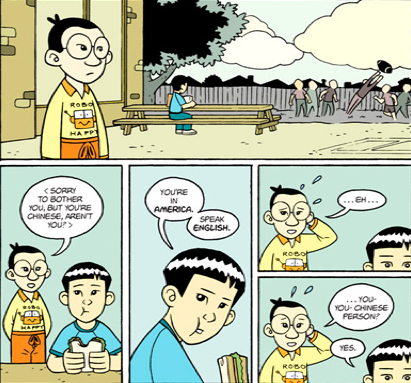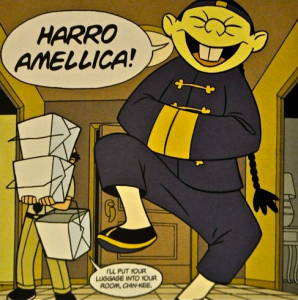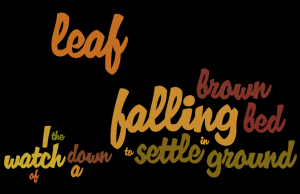I should preface by stating that I’ve been having trouble accessing the reading… and if anyone can help me with that it would be much appreciated.
So I took the topic of the week “Persuasive Visual Media” and considered something a little differently… something a little more personal!
If you haven’t read George Orwell’s novel “1984” … you should. While the story is a bit dated (originally produced in the 50s) it’s even more relevant in today’s society. I read it for my grade 12 theatre class. We were reworking it into a script for the stage with a specific focus on the relationship between the Ministry (the producers) and the proles (the consumers). The reason I feel as though 1984 is a relevant point of discussion is because 1. many high school English Language Arts classes include it in their curriculum; and in 1984 20-some years after the books release many people panicked about the predictions from the 50s. 1984 itself is full of persuasive language: the protagonist, Winston Smith, worked day in and day out in by editing news postings and books into “doublespeak” an edited form of English to an unidentifiable disintegration of grammar and language.
When we transferred the story onto the stage the mise-en-scene took on a visual representation of producing commercial product for the ministry, while the ‘proles’ setting was the leftovers of the ads that we see today. Consider this commercial from Apple’s introduction to the market:
While there is some competition between Apple and PCs in today’s market doesn’t this commercial seem to contradict the way that Apple has risen to the top? Personally I can’t leave the house (never mind my room) without my iPhone! All I want for Christmas is an iPad since I already have my two front teeth! It’s a strange balance between dependency and useful productivity. Maybe not everyone in this class uses and iPhone and MacBook… but can anyone say they use an mp3 instead of an iPod? Have we become the ministry of drones to Apple’s Big Brother take over? Does Apple use persuasive visual media? Or are people like me just so dependent on the company that seeing the persuasion has become impossible? My lifeline depends on the new iOS updates and possibility for an upgrade?
I find this idea of “persuasive visual media” interesting as well in regards to propaganda and the street art world. In another of our classes a group of us are making a lesson plan between three different subjects based around the idea of “propaganda”. One key artist that came to mind was Banksy and the documentary associated with him “Exit Through the Gift Shop”. I’m running out of words here so I’ll just attach the Wikipedia synopsis: . The interesting part about this film is that one of the subjects of the film, Thierry Guetta, is overtaken by Banksy’s ideals (art that forces a deeper thought process and commentary on current social questions) but when his own desire for fame creeps in, his morals go out the door…
Wow… I just realized I went from 1984 to Exit Through the Gift Shop in 500 odd words… I’d like to leave with this image… my point being that it is easy for us to become manipulated by something so simple…
Brendan

